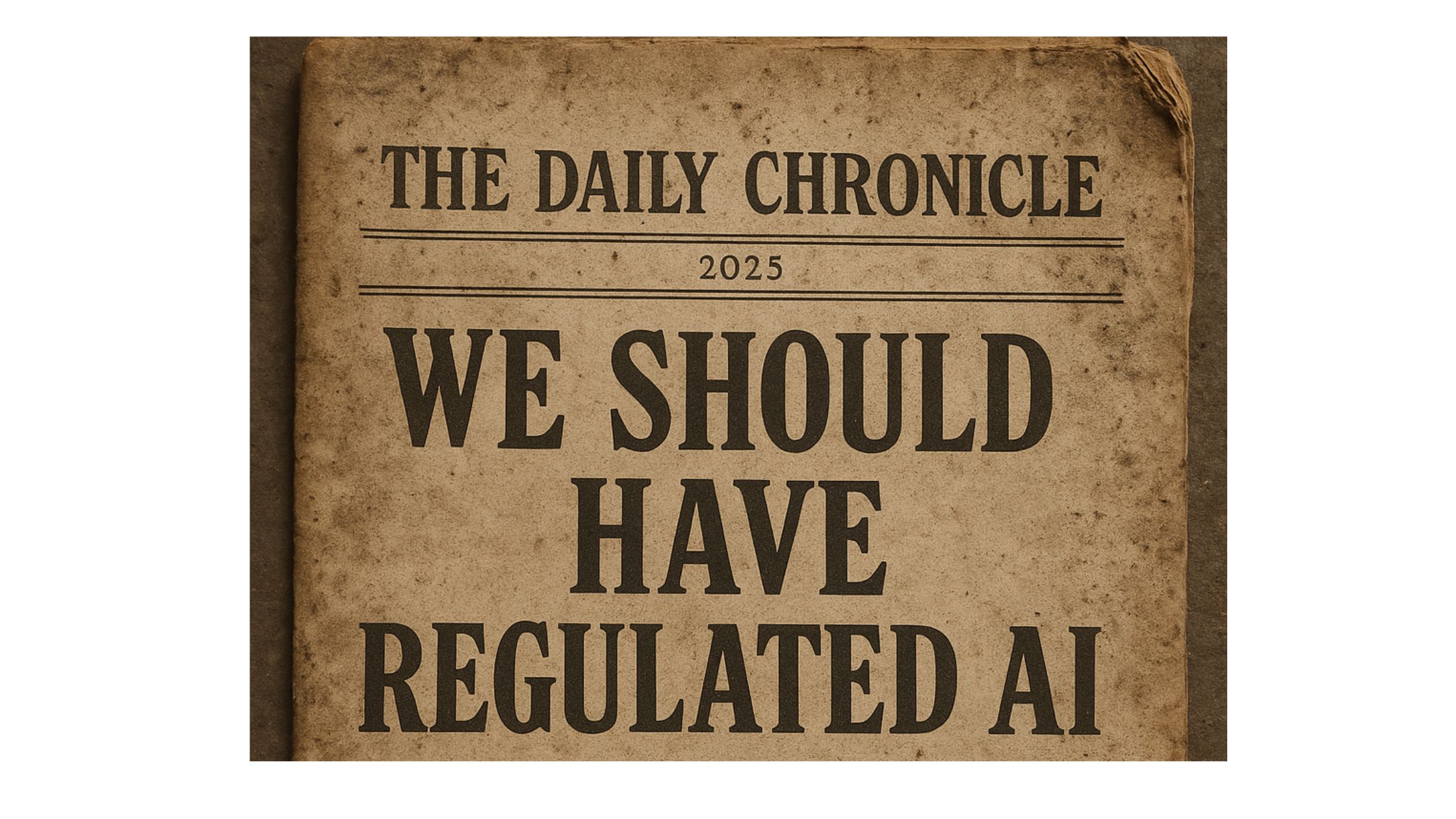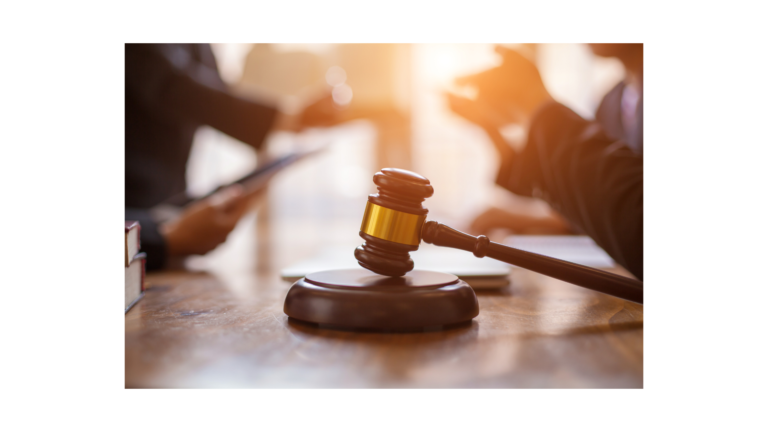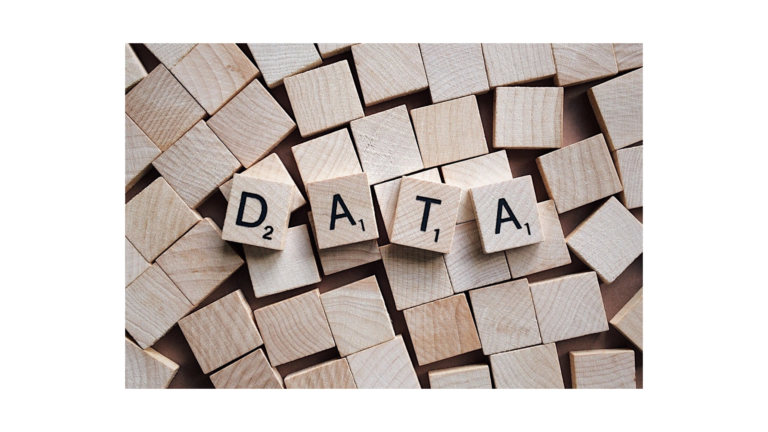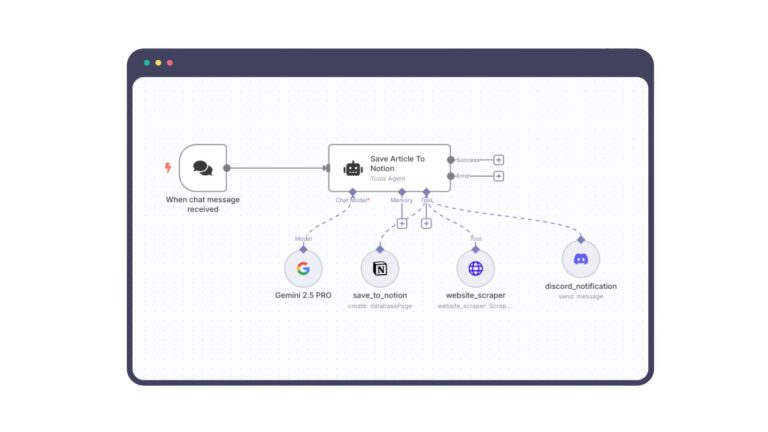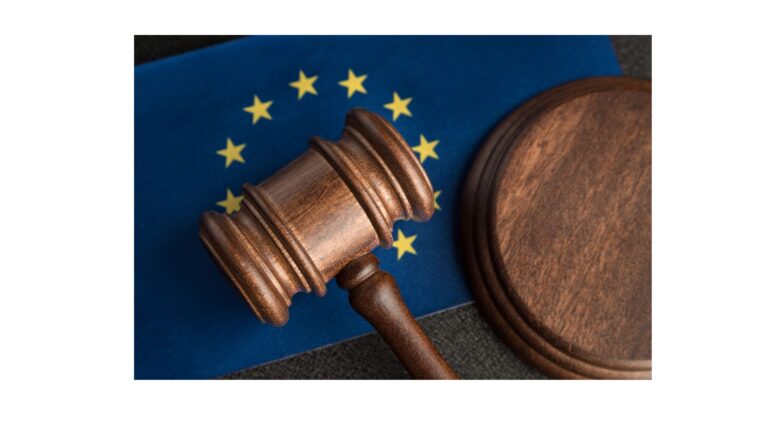A financial institution uses an AI system to assess loan eligibility. A qualified applicant is denied credit. The reason? A machine-learned correlation between zip codes and repayment rates a pattern rooted in historical bias, not current reality. There was no human in the loop. No clear explanation. And, critically, no existing law that fully applied.
This isn’t science fiction, it’s happening now. And despite a rich landscape of privacy and data protection laws like GDPR, CCPA, and India’s DPDP Act, these legal frameworks are straining under the weight of modern AI systems. The world doesn’t lack laws, it lacks laws designed for machines that learn, adapt, and act on their own.
A Legacy of Good Intentions: What Existing Laws Cover
To be clear, we’ve come far. From the OECD Guidelines on the Protection of Privacy to the Fair Information Practice Principles (FIPPs) and landmark statutes like GDPR and CCPA, modern privacy laws offer:
- Consent and purpose limitation principles
- Data minimization
- Data subject rights (access, rectification, deletion)
- Transparency requirements
- Cross-border transfer controls
These frameworks were visionary for their time. But they were designed for human-centric, rule-based, and largely deterministic data systems. In an AI-first world, that vision begins to blur.
Where These Laws Fall Short: The AI Blind Spots
Opacity & Explainability
AI models especially deep learning systems and LLMs are notoriously opaque. While GDPR includes a “right to explanation,” the reality is murky. Most AI developers themselves cannot fully explain why a model made a specific decision.
Legal challenge: How can individuals exercise their rights if the reasoning behind automated decisions remains a black box?
Autonomy and Unpredictability
Traditional privacy laws assume static data systems. AI models, however, evolve they retrain, adapt, and drift over time. Their decisions are probabilistic, not fixed.
This creates profound issues:
- Consent frameworks become outdated
- Audits may be irrelevant weeks after completion
- Accountability is diffused
Data Repurposing & Context Collapse
One of the cardinal principles of privacy law purpose limitation assumes that data will only be used for the reason it was collected. But AI systems routinely repurpose and recombine data in ways that defy context. An image used to verify identity in one app may feed into training datasets for another system entirely. Who gave consent for that secondary use? Usually, no one.
Bias & Discrimination at Scale
Anti-discrimination laws especially in employment, housing, credit are designed to prevent intentional bias. But AI systems trained on historical data often replicate and amplify systemic discrimination without any human intent. And since algorithmic bias operates subtly and at scale, victims often can’t prove harm, let alone find legal recourse.
Enforcement Gaps & Jurisdictional Complexity
AI transcends borders. Data collected in one country may be processed in another, and the model may make decisions affecting individuals globally. Enforcement becomes a nightmare:
- Who regulates?
- What standards apply?
- Can regulators audit what they don’t understand?
Existing laws weren’t built for cross-border autonomous systems making real-time decisions.
Why AI Needs Its Own Regulatory Lens
AI is not just another technology. It introduces:
- Opacity: decisions without explanations
- Autonomy: systems that evolve beyond initial design
- Scale: thousands affected by a single flawed model
- Speed: harms occur before regulators can respond
We’ve created laws to protect against environmental harm, financial misconduct, and medical malpractice. The risks posed by AI like algorithmic injustice, surveillance overreach, weaponized disinformation warrant a similar fit-for-purpose legal framework.
Recent Global Developments in AI Regulation
Around the world, lawmakers are racing to catch up with the pace of AI innovation. While approaches differ, the emerging theme is clear: AI needs regulation that focuses not just on data, but on use cases, risk tiers, transparency, safety, and accountability. Most of the recent AI laws aim to categorize AI systems by risk level, mandate disclosures for high-impact models, and prohibit outright dangerous uses like biometric surveillance or social scoring.
Key developments include:
- European Union – EU AI Act
- First comprehensive AI-specific regulation.
- Introduces risk-based classification of AI systems.
- Bans certain high-risk applications (e.g., social scoring).
- Requires conformity assessments for high-risk AI systems.
- United States – Executive Order on AI (2023)
- Focuses on civil rights, cybersecurity, and trustworthy AI.
- Encourages responsible innovation through guidance, not legislation.
- Calls for AI safety testing and data privacy guardrails.
Though still in motion, the common denominator across these efforts is a shared acknowledgment: AI is unlike any prior data-processing technology, and it demands regulatory oversight that is equally dynamic and context-aware.
Conclusion: Toward a Co-Regulatory AI Future
We’re entering an age where code is making consequential decisions. Laws designed to protect people from other people must now evolve to protect people from the unintended consequences of autonomous systems.
As governments and standard-setting bodies roll out comprehensive and hybrid AI laws from the EU AI Act to India’s evolving co-regulatory framework it’s clear that AI will not be governed solely through the lens of traditional data privacy.
We don’t need over-regulation, we need precision frameworks for:
- Algorithmic impact assessments
- Independent audits
- AI-specific privacy controls
- Cross-border enforcement mechanisms
We must stop treating AI as an edge case under existing law and start governing it as the new default. “We designed our laws to protect people from each other, Now we must evolve them to protect people from code.”
